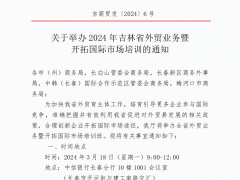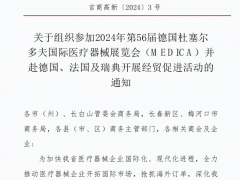At the annual meeting of the National Cotton Council in Dallas, Texas, in February, Dr. Jody Campiche, vice president of economic and policy analysis, said, "While world textile mill use is expected to exceed global production in 2016, global cotton inventories remain high."
The U.S. Department of Agriculture (USDA) estimates that domestic textile mill use will rise from 25,000 bales in 2014 to 3.6 million bales, the fourth consecutive year of increased consumption.
While the Economic Adjustment Assistance Program (EAAP) continues to be an important source of stability for mills to invest in new facilities and equipment, the strength of the U.S. dollar is creating challenges for yarn exports.
Campiche said the export market remains the main outlet for U.S. fiber, and in recent years, U.S. export customers have changed. China is reducing its imports of cotton, leading to a reduction in world trade.
As a result, the NCC expects U.S. exports to reach 9.5 million bales in 2015, down 15.5 percent from 2014 and below recent USDA forecasts.
Campiche added that China's imports are expected to further decline from 5.5 million bales in 2015 to 4.75 million bales in 2016, given the large stocks of cotton and expectations of limited quotas.
中国大陆的纺织厂使用量预计在2016年下降,虽然中国大陆国内棉花价格在过去一年有所下降,但几乎是聚酯纤维价格的两倍。
Meanwhile, India will continue to be the world's largest cotton producer and second largest exporter in 2016.
According to Campiche, U.S. cotton offtakes totaled 13.8 million bales in 2016, resulting in an increase in ending stocks of 193,000 bales. While global cotton stocks are expected to fall by 6.3 million bales in 2016, she said the reduction was not large enough to significantly reduce global stocks, which reached 103 million bales at the start of the year.
Campiche noted that while forecasts of global consumption exceeding production usually support prices, the impact in the coming year may not be so clear.
 Customer service hotline:
Customer service hotline:



